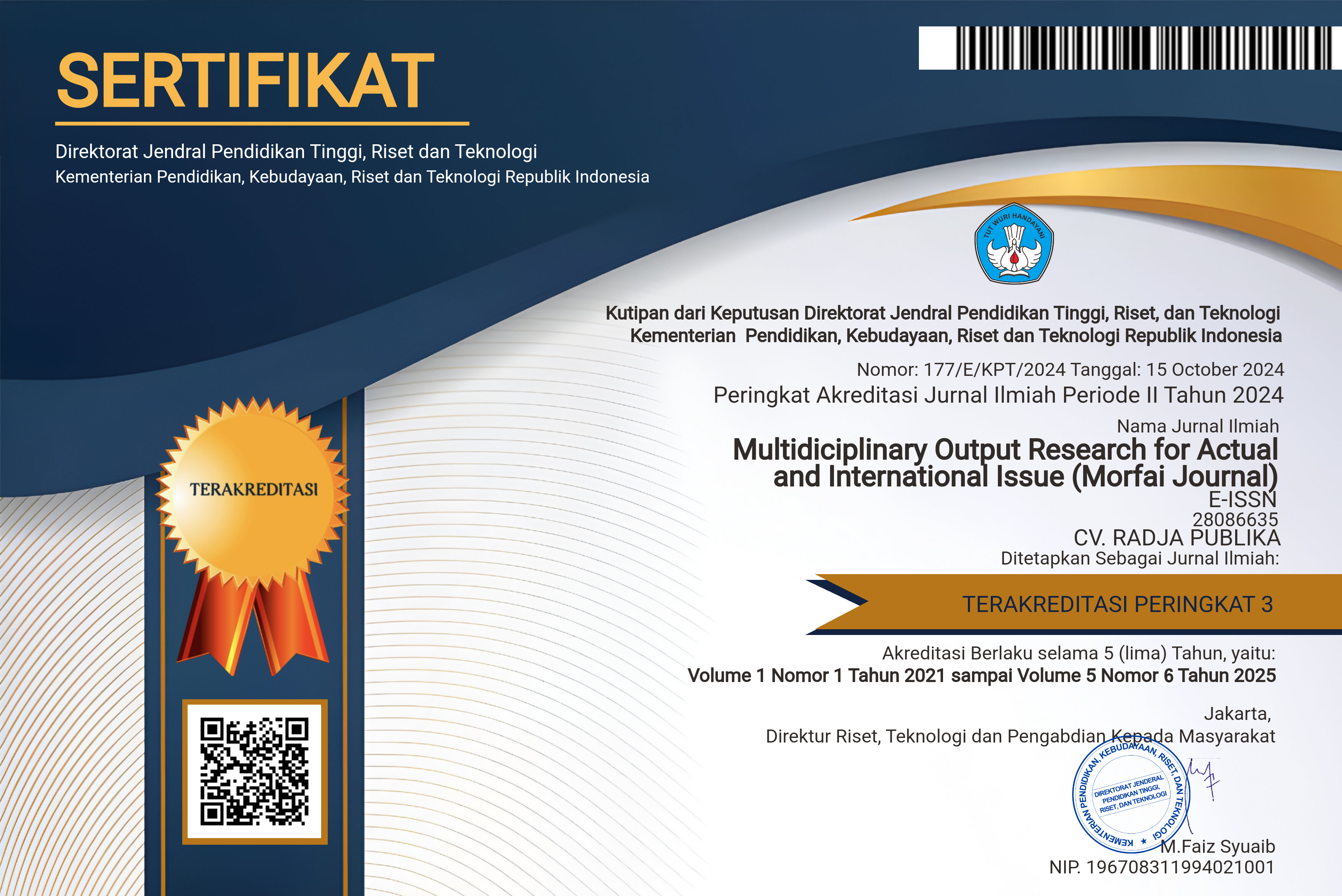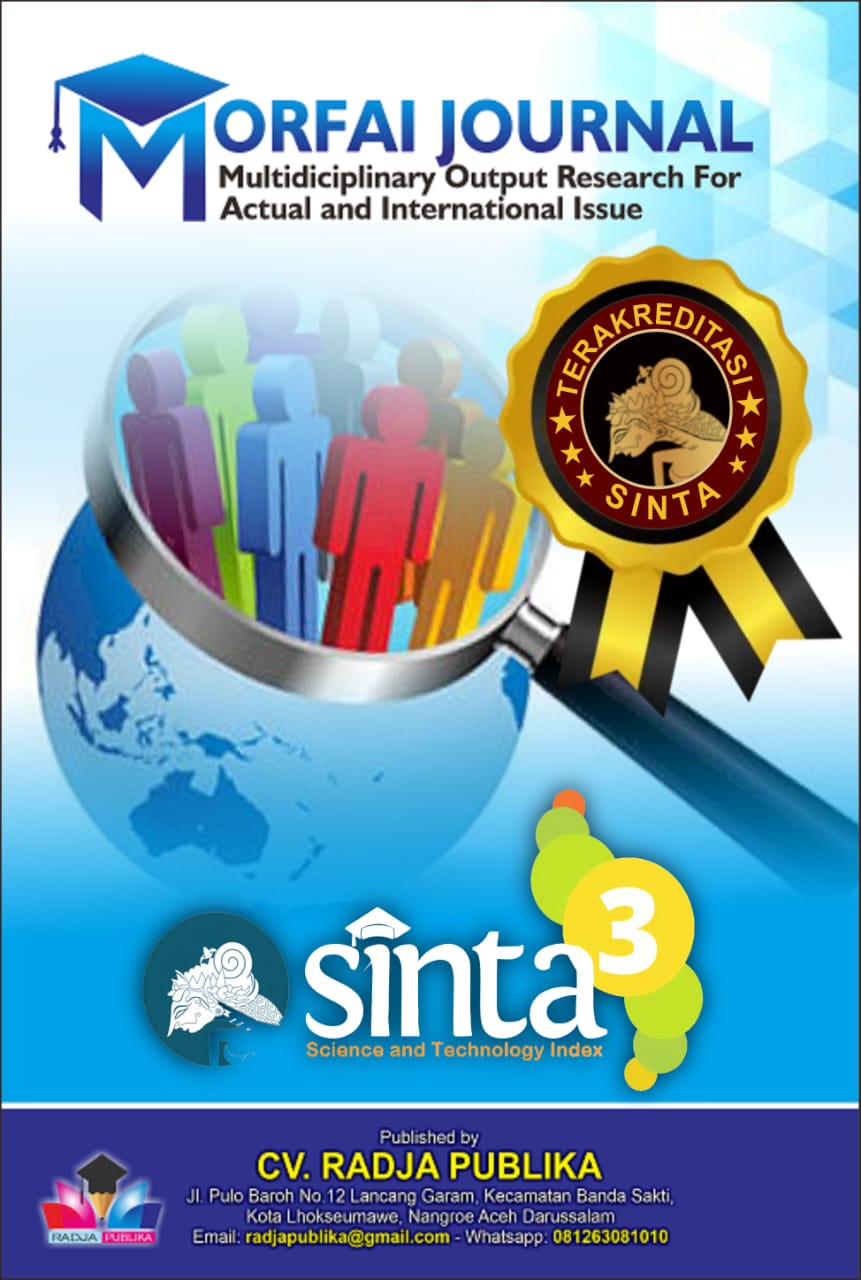ANALYSIS OF PT X. BUSINESS STRATEGY IN DEVELOPING NEW HOUSING AREA IN BEKASI REGENCY
Main Article Content
Tanya Marcella
Harimukti Wandebori
Indonesia’s rapid population growth and urbanization, especially in the Greater Jakarta area, which have significantly increased housing demand. Its makes Bekasi Regency an attractive target for property developers. PT X, as one of Indonesia’s leading developers, launch a new residential project in Cibitung, Bekasi Regency to answer this demand. However, there are some challenges, such as market competition, land acquisition, infrastructure development, and shifting consumer preferences create challenge business strategy. This research focus to analyze PT X business strategy in developing new by both external and internal factors. The study conducted in mixed methods approach, combining qualitative interviews with company stakeholders and quantitative surveys involve respondents from East Jakarta, Bekasi Regency and Bekasi. Analytical frameworks will be used which market analysis (segmentation, targeting, and positioning), external environment analysis (general, industry, and competitor), internal analysis (resources, value chain, marketing mix, and corporate strategy) and SWOT and TOWS matrix. The findings show that new residential in Cibitung’s primary market segment consists of young professionals and middle income families seeking affordable and expandable homes near industrial and business centers. PT X Development’s strengths is in brand reputation, financial capability and operational efficiency, supported by centralized procurement, value engineering, and digital marketing. Despite project’s limited land and smaller scale compared to competitors, New residential in Cibitung, Bekasi Regency by PT X effectively applies an integrated cost leadership and differentiation strategy which focus on affordability, design quality, and lifestyle features, such as green landscapes and exclusive clubhouse. This research contributes to understanding of property developers can formulate competitive and sustainable strategies in dynamic markets. The study concludes recommendations for operational, explore green housing innovations, and expanding financing models for long-term growth and competitiveness in Indonesia’s housing sector.
Božac, M. G. (2008). SWOT Analysis and TOWS Matrix - Similarities and Differences. Economic Research - Ekonomska Istraživanja, 21(1), 19–34. https://hrcak.srce.hr/21453
BPS. (2025). Jumlah Penduduk Pertengahan Tahun 2025. https://www.bps.go.id/id/statistics-table/2/MTk3NSMy/jumlah-penduduk-pertengahan-tahun--ribu-jiwa-.html
Creswell, J. W., & Creswell, J. D. (2018). Research Design Qualitative, Quantitative, and Mixed Methods Approaches. In SAGE Publications, lnc: Vol. Fifth Edit. https://doi.org/https://doi.org/10.1016/S0015-0282(21)02249-4
Dwifebrianti, A., & Bella, P. A. (2023). Studi Kelayakan Pengembangan Dan Investasi Perumahan Alfarisi Grand Residence Tambun Selatan, Kabupaten Bekasi. Jurnal Sains, Teknologi, Urban, Perancangan, Arsitektur (Stupa), 4(2), 2927–2940. https://doi.org/10.24912/stupa.v4i2.22410
Hitt, M. A., Ireland, R. D., Hoskisson, R. E., & Harrison, J. S. (2024). Strategic Management: Concepts and Cases: Competitiveness and Globalization (14th ed.). Cengage Learning.
Judijanto, L., Pranata, A., Yanuarti, M., Sari, N., Rahmawati, Hartoyo, T., Mutoharoh, Ardiansyah, W., Suroso, Agus, F., Rahmani, I., Asyari, L., & Erna, A. (2025). Metode Penelitian Ilmiah: Kuantitatif, Kualitatif, dan R&D. PT. Greean Pustaka Indonesia.
Kesuma, M. R., Aini, R. N., Irianto, E. D. O., & Widaryo, C. M. (2025). Efisiensi Operasional Perusahaan Properti Indonesia : Peran Likuiditas dan Struktur Modal. 1(3), 166–175. https://doi.org/10.55123/ekonom.v1i3.221
Kotler, P., Armstrong, G., & Balasubramanian, S. (2024). Principles of Marketing. London : Pearson Education.
Mohit, M. A., Ibrahim, M., & Rashid, Y. R. (2010). Assessment of residential satisfaction in newly designed public low-cost housing in Kuala Lumpur, Malaysia. Habitat International, 34(1), 18–27. https://doi.org/10.1016/j.habitatint.2009.04.002
Nurhayati, Apriyanto, Ahsan, J., & Hidayah, N. (2024). Metodologi Penelitian Kualitatif : Teori dan Praktik (Sepriano (ed.)). Jambi : PT. Sonpedia Publishing Indonesia. https://repository.karyailmiah.trisakti.ac.id/documents/repository/buku_nurhayati-metodologi-penelitian-kualitatif-teori-dan-praktik.pdf
Santoso, T., & Anwar, S. (2024). Analisis Pengembangan Kawasan Perumahan dalam Kaitannya terhadap Daya Dukung Pembangunan Perumahan. Syntax Idea, 6(2), 724–742. https://doi.org/10.46799/syntax-idea.v6i2.2974
Savills, R. C. (2025). Indonesia Property Market Outlook in Midst of Slowing Down Economy as at the 1st Quarter 2025. 1st Quarter.
Theodore, J. (2001). Quality of Life Indicators in US Metropolitan Areas. Praeger.
Wandebori, H. (2019). Manajemen Strategi dalam Perspektif Indonesia. Bandung : ITB Press.
Watch, I. P. (2025). Indonesia Property Watch Housing Market Update Q1 - 2025. Q1 2025.
Weihrich, H. (1982). The TOWS Matrix—A Tool for Situational Analysis. Long Range Planning, 15(2), 54–66. https://doi.org/10.1016/0024-6301(82)90120-0









